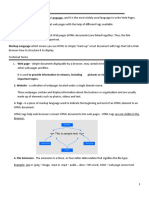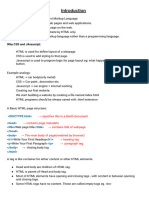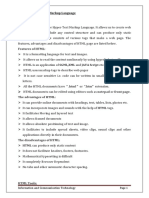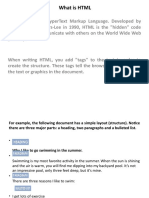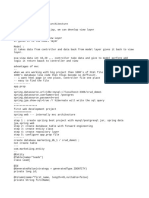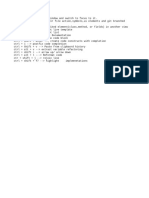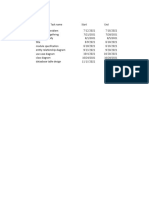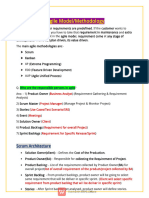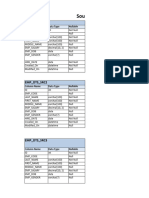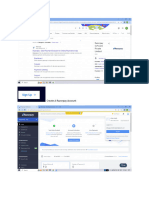0% found this document useful (0 votes)
55 views6 pagesHTML PDF
HTML stands for Hypertext Markup Language and is used to define the structure of web pages. HTML uses tags to mark elements like headings, paragraphs, and lists. The basic structure of an HTML document includes <html>, <head>, and <body> tags.
Uploaded by
subhabirajdarCopyright
© © All Rights Reserved
We take content rights seriously. If you suspect this is your content, claim it here.
Available Formats
Download as PDF, TXT or read online on Scribd
0% found this document useful (0 votes)
55 views6 pagesHTML PDF
HTML stands for Hypertext Markup Language and is used to define the structure of web pages. HTML uses tags to mark elements like headings, paragraphs, and lists. The basic structure of an HTML document includes <html>, <head>, and <body> tags.
Uploaded by
subhabirajdarCopyright
© © All Rights Reserved
We take content rights seriously. If you suspect this is your content, claim it here.
Available Formats
Download as PDF, TXT or read online on Scribd
/ 6



